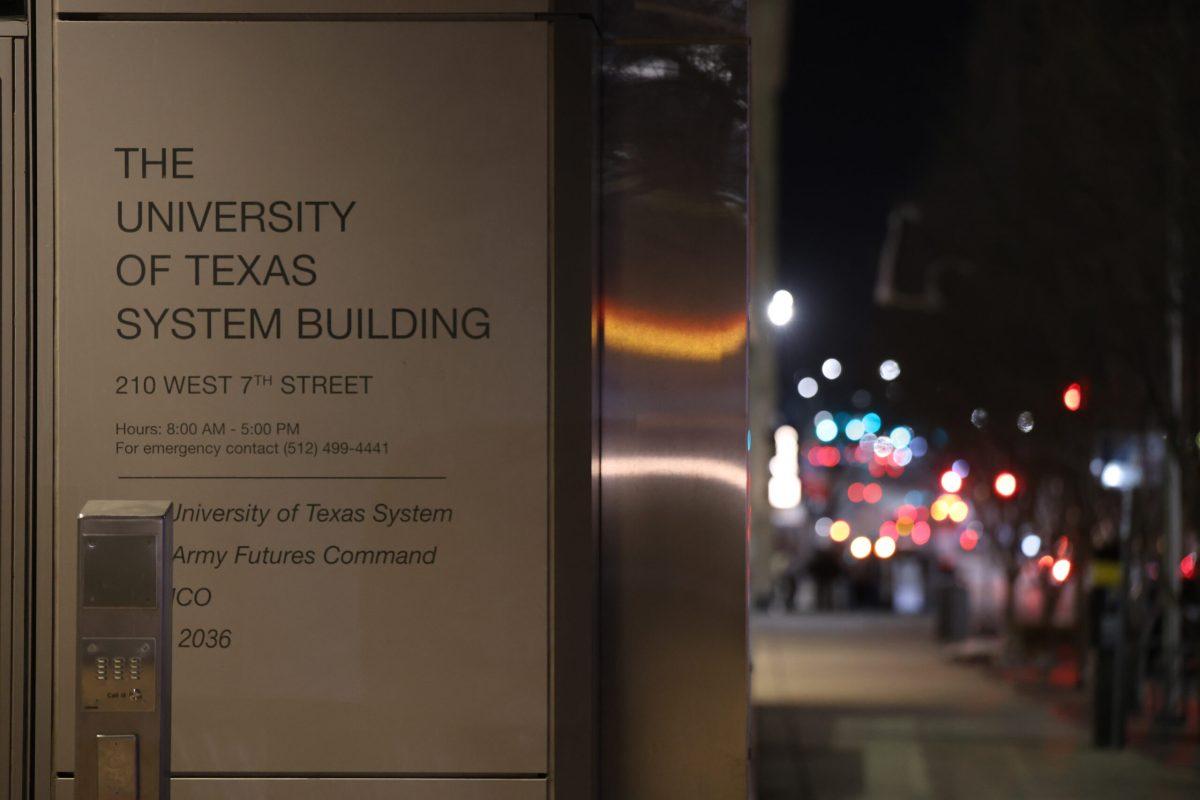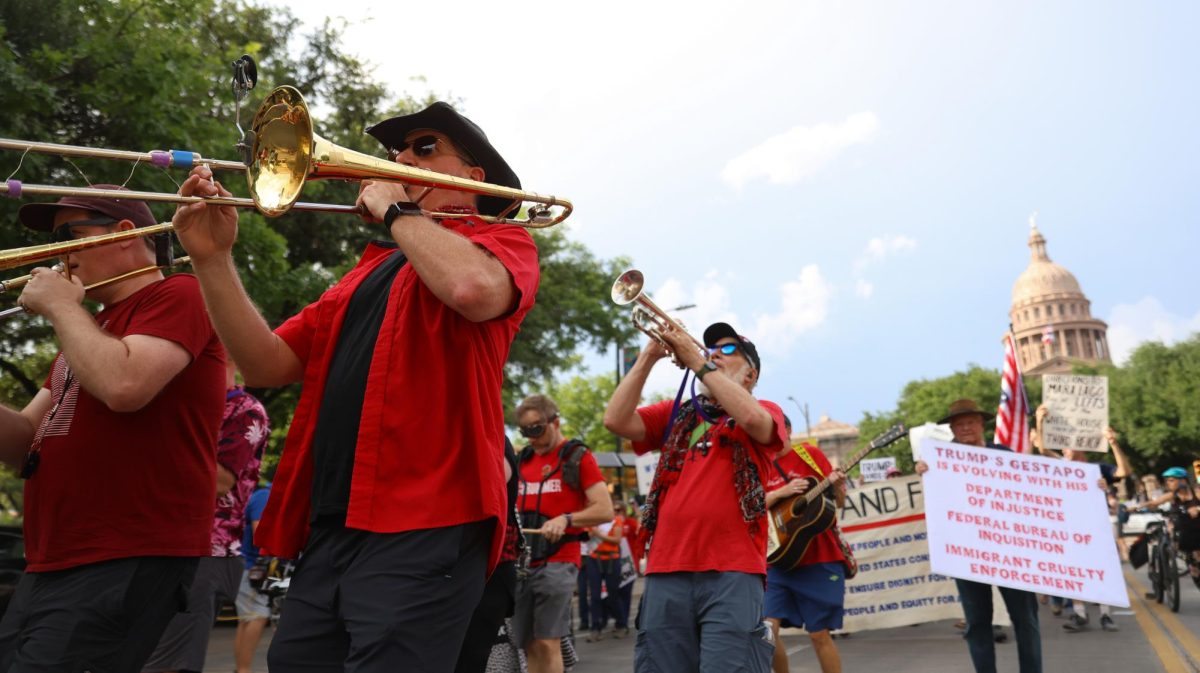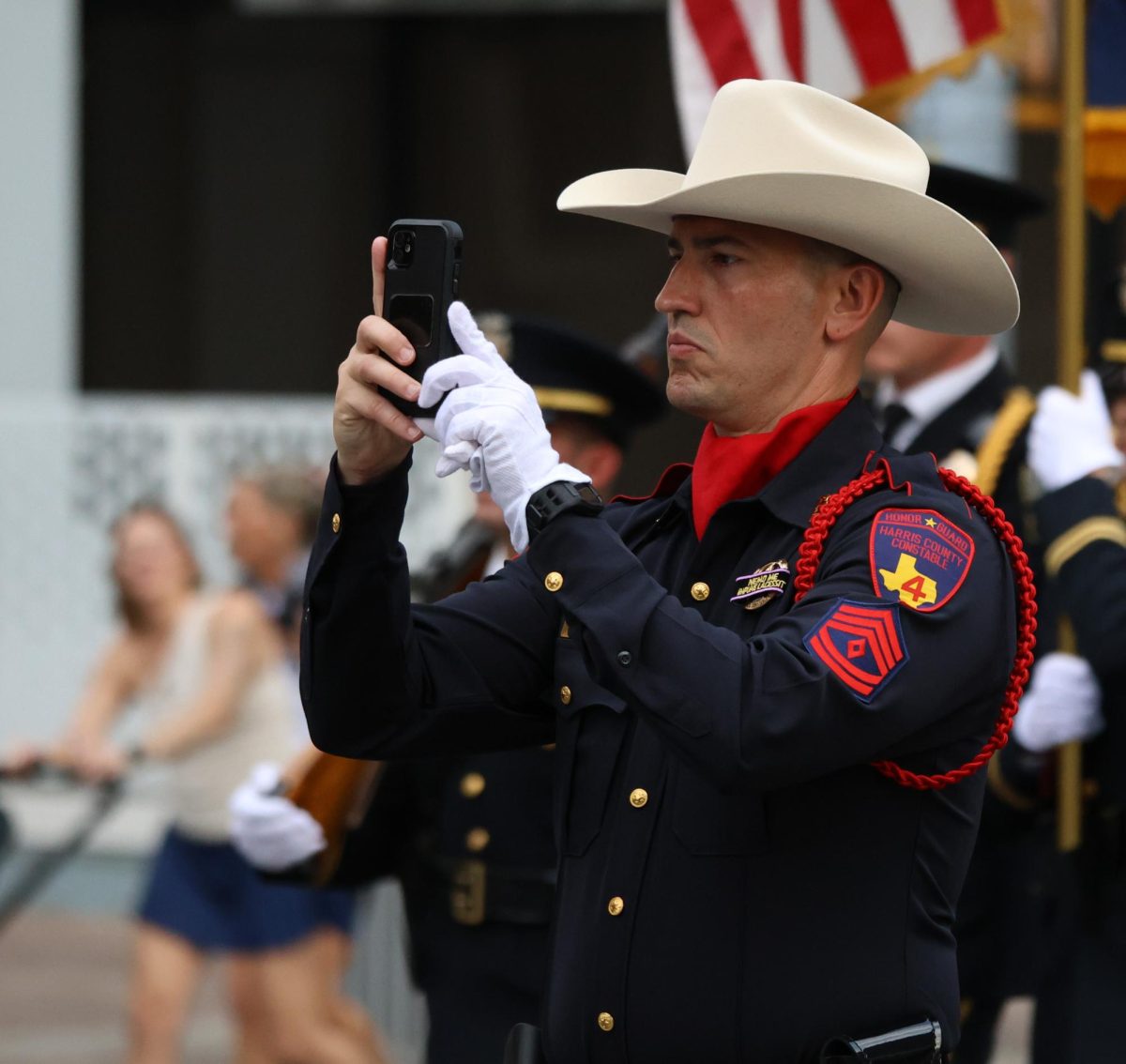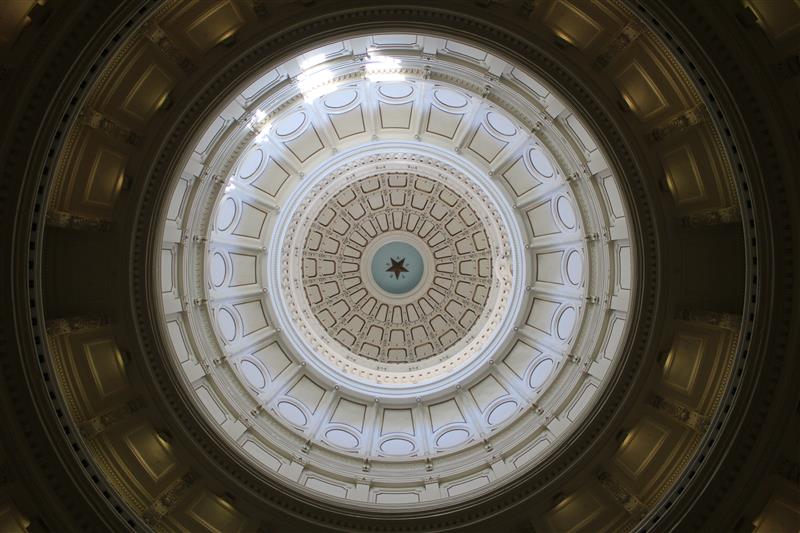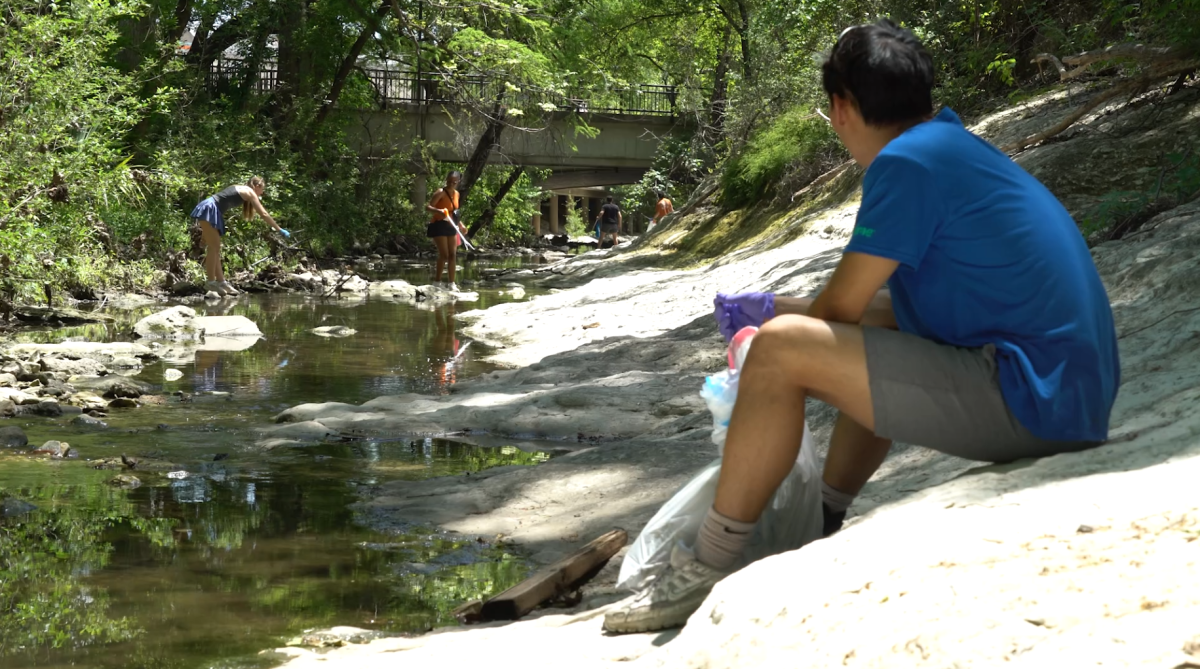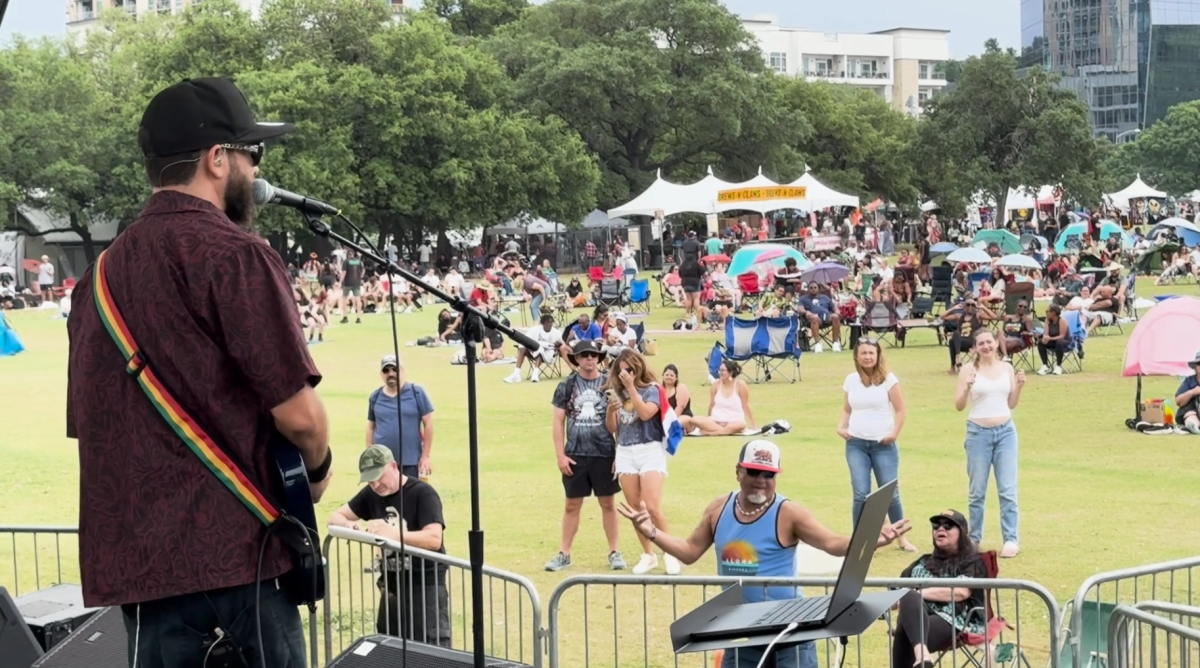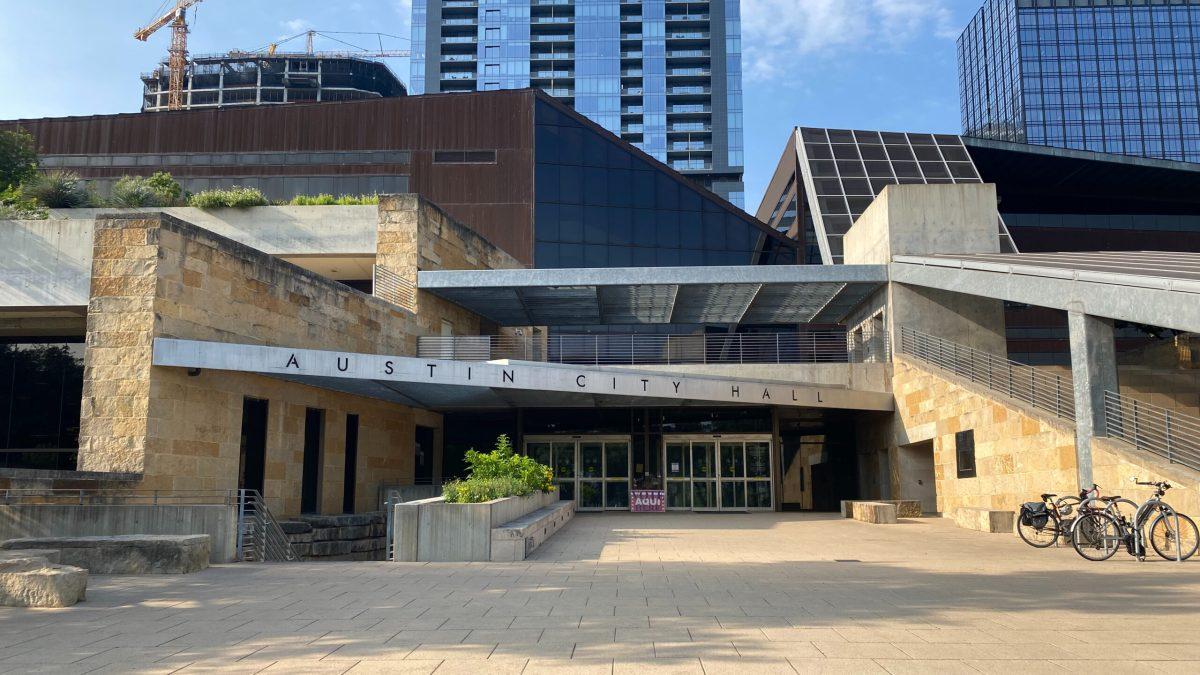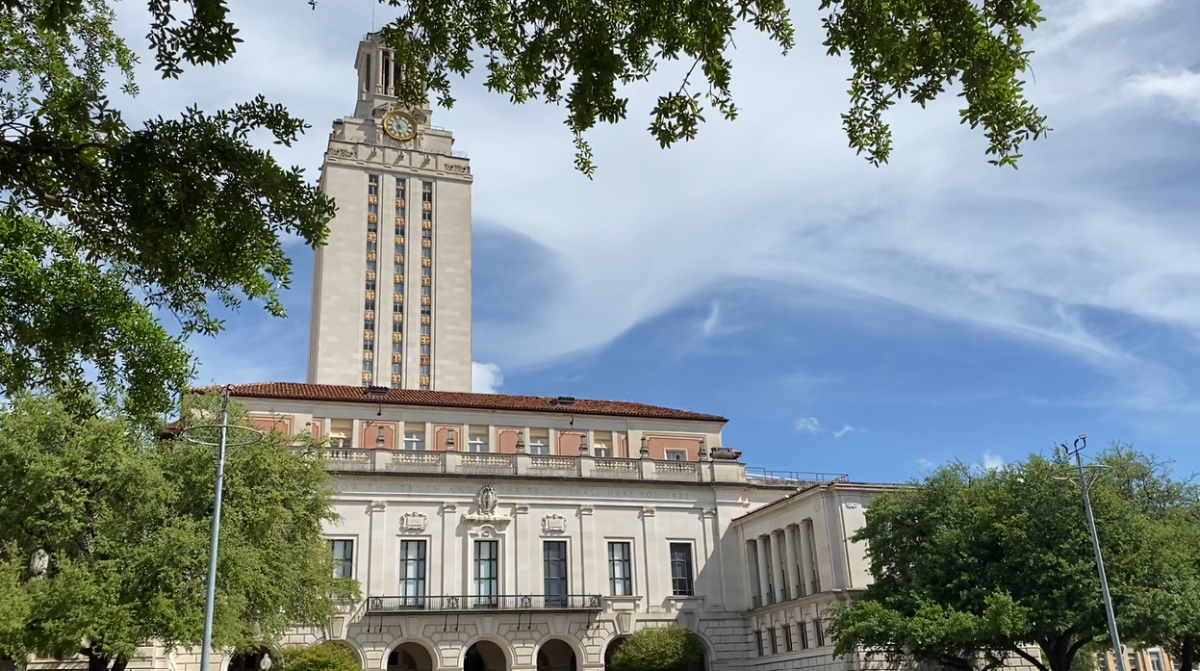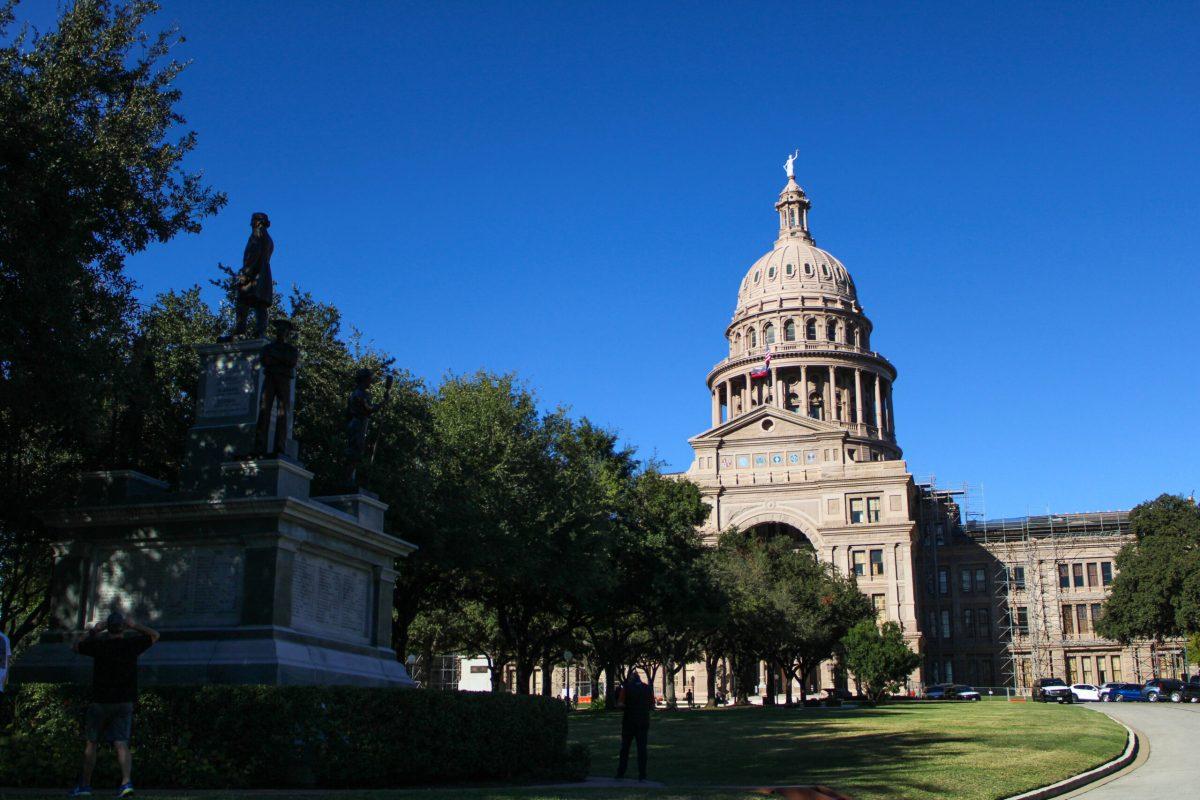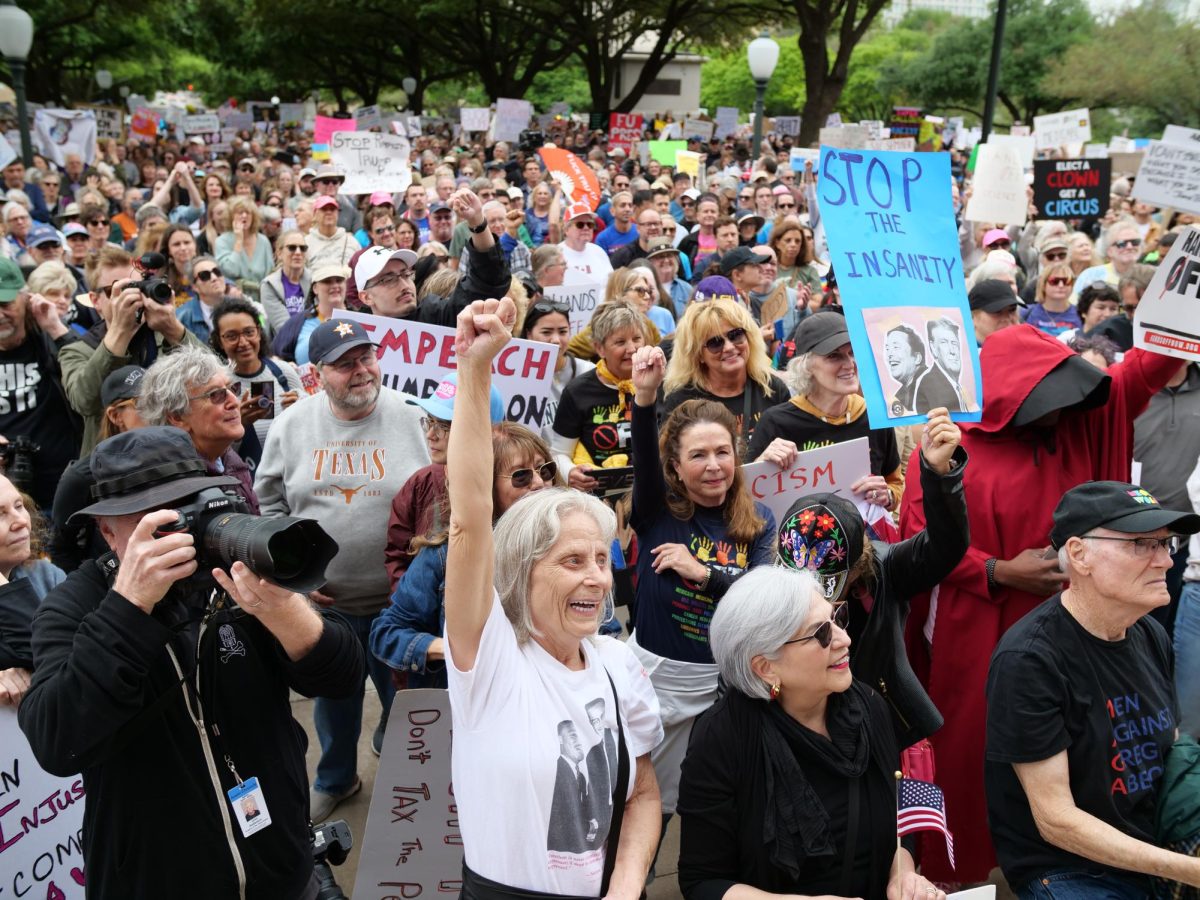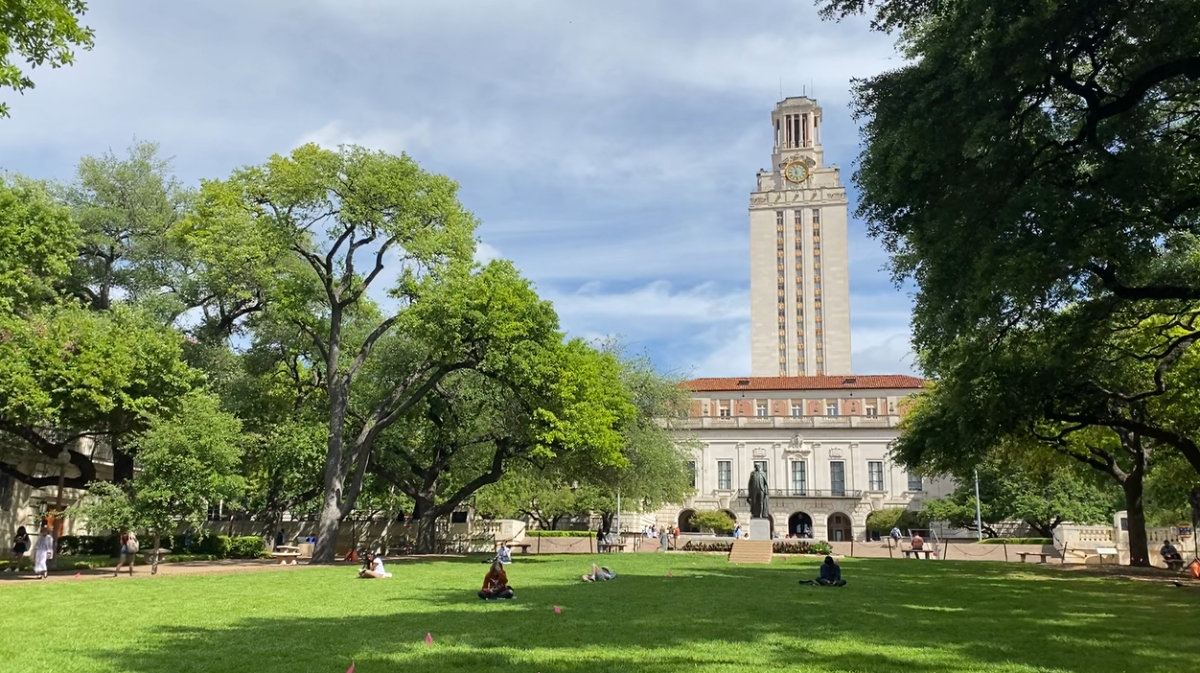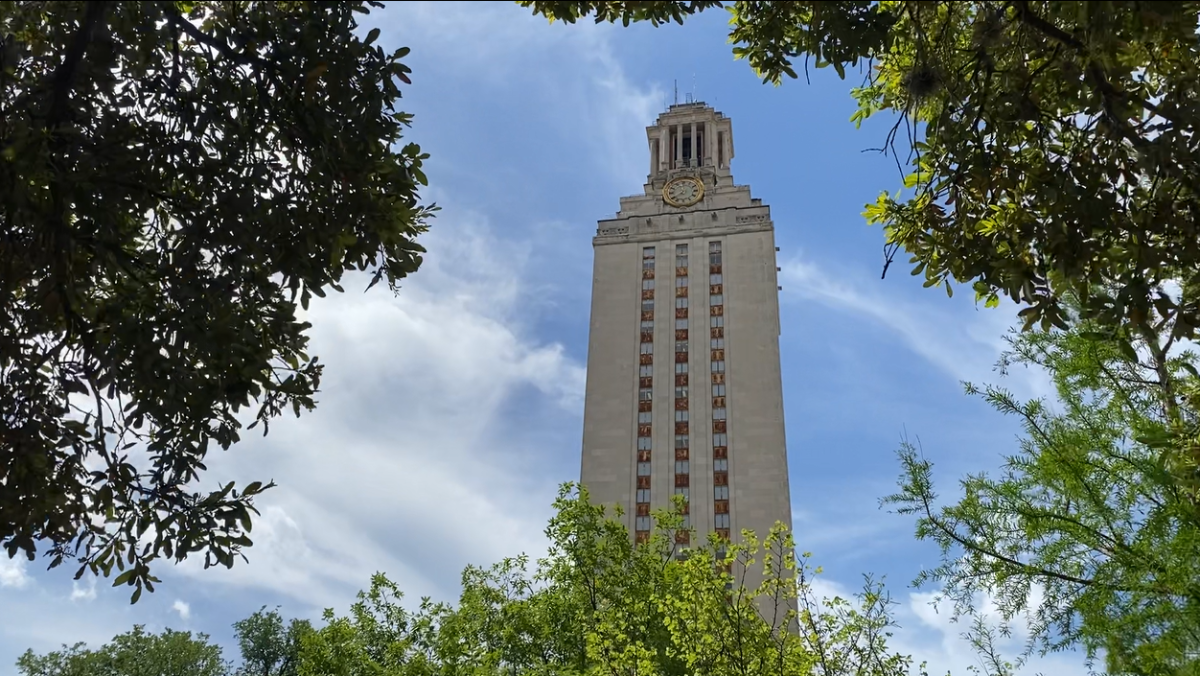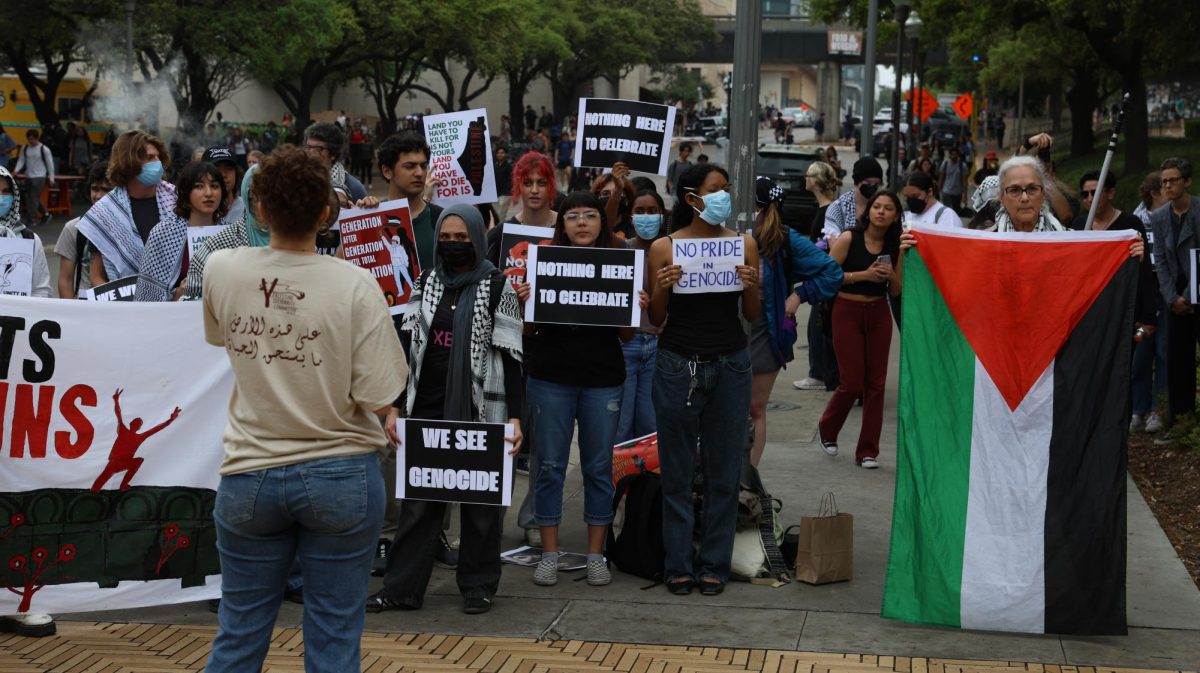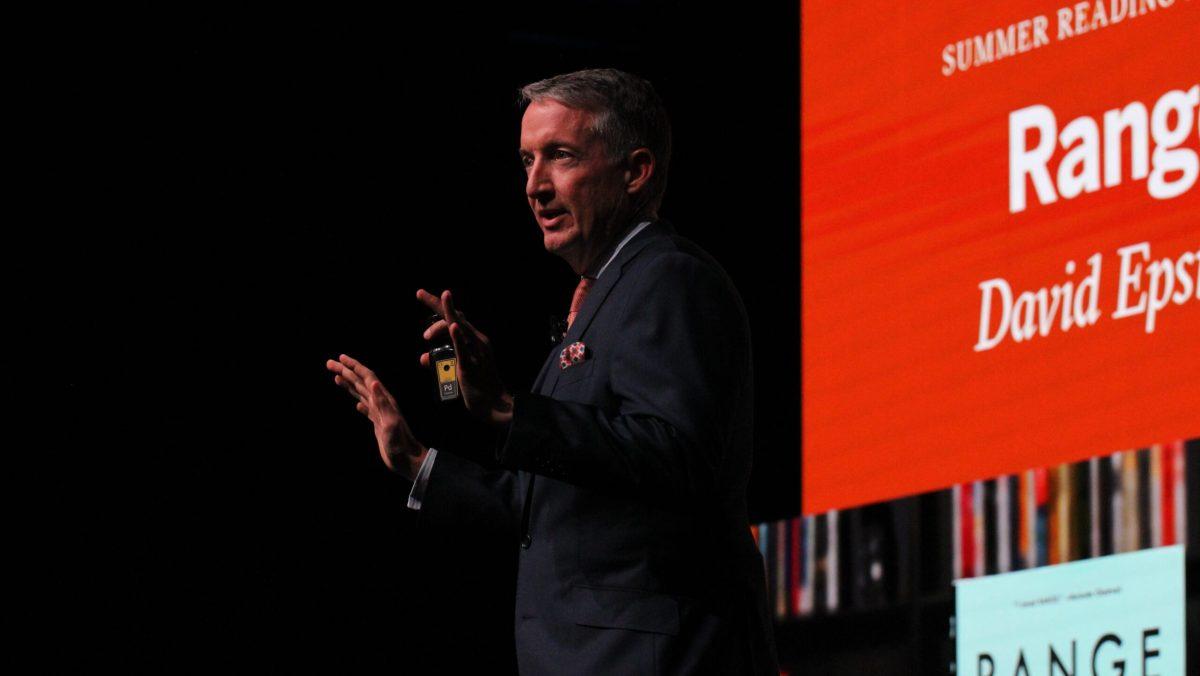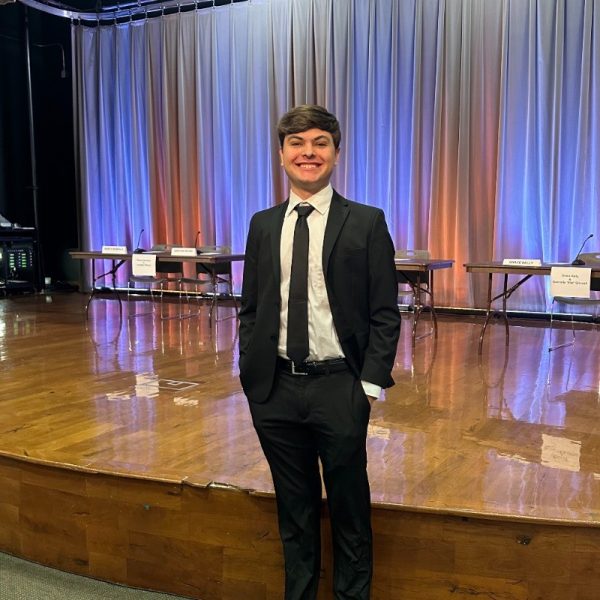As Ashley Park prepared for her show at an Austin comedy club, images replayed in her mind of the 1975 PrimeTime Players improvising on a set themed to Grand Central Station eight floors high at 30 Rockefeller Plaza. The New York City high-rise houses Studio 8H, where Saturday Night Live is filmed, and Park has been watching the sketch comedy series for decades.
Park is the head of marketing and communication at the Harry Ransom Center, one of the world’s premier archival institutions located on UT’s Austin campus, and the SNL skits she grew up loving have been even more relevant at work and in her stand-up gigs lately. The Center announced the acquisition of the Lorne Michaels collection Jan. 15 on the eve of SNL’s 50th anniversary this weekend, which will celebrate the creator and producer of SNL and The Tonight Show, among others.
“For me, it’s been really exciting to see the creative process behind the scenes,” Park said. “I am a huge Gilda Radner fan, so digging into her early career and just watching how her characters have grown, and even seeing like the first iterations of certain characters, is really exciting.”
The sketch comedy series has marked the launching point for careers of the most popular American comedians in history, from the original greats like Chris Farley and Dan Akroyd to 2000’s stars Bill Hader and Kate McKinnon. The icons have inspired comedians of all skill levels, from pros breaking into the field to local performers like Park.
Now, the University of Texas will hold a piece of that legacy.
The collection will include archival materials from throughout Michaels’ career and will be available for research to any of the Center’s visitors beginning in January 2026. However, before the collection is publicly available, the Center will open a special exhibit on Sept. 20 titled ‘Live From New York! The Making of Lorne Michaels,’ which will run through March 15, 2026.
“This is the 50th anniversary season, and he’s had a very long run at SNL,” said Stephen Enniss, director of the Harry Ransom Center. “I think he’s in all likelihood thinking about what he’s achieved over the past 50 years and … its enduring value, and that’s what’s of interest to us — how the record of the production history of the show could inform students in theater and performance studies.”
Beyond the value the collection holds for those studying the arts, Enniss said he believes the show and its archive can provide a look into nearly every aspect of American life from a comedic or satirical perspective.
“There is commentary on (SNL) that’s looking outward at the political events, the social events, the cultural events, the music of the day, and really is a kind of lens for understanding what we’ve lived through,” Enniss said. “I think the archive can be used to look inward at … practices of the artists and actors and comedians. But it can also be used to look outward, and I think it will be used heavily by both groups of researchers and students.”
The Harry Ransom Center was the only institution approached by Michaels’ team, Enniss said, likely because of the Center’s reputation for extending beyond its work in Austin into nationwide and international research communities.
The collection includes internal correspondence between writers, cast and crew, communications with guest hosts, storyboards, press releases, photos and access to every episode of the show’s 50-year run. Preparation for the exhibit is set to take over a year by the time the exhibit opens, with around 700 boxes of materials to sort through.
By housing the collection, the Center forms another bridge between UT and New York, one of the most recognized of which is UTNY, a program where Longhorns can spend a semester or the summer living in New York City while working in an internship that relates to their field of study.
Noah Isenberg, executive director of UTNY and Charles Sapp Centennial Professor of Radio-Television-Film, has watched SNL since he was a kid. Now, he takes students to 30 Rock every semester to see the show’s studio, modeled in an ode to its home city.
“We walk in and the walls are covered with these photos documenting the entire history of SNL, and there’s this kind of pregnant silence, where people are just taking it in,” Isenberg said. “And without fail, anytime we do this, there are at least a few of our UTNY students who are like, ‘oh my god, I love Eddie Murphy.’ ‘I love Gilda Radner.’ It is a very significant cultural institution for folks across generational lines.”
The show acts as an homage to its city’s residents, but also to its nation of viewers. Everyday phrases like Debbie Downer stem from SNL skits, persisting in an often unrecognized fashion decades after airing. Decades of viewers have bonded over characters, actors and skits, and now, aspiring artists, students and comedians can take a look behind the curtain at the show’s foundation.
“My parents had a television in their bedroom in Santa Monica, California, and I used to go upstairs and watch SNL with them when I was seven, eight,” Isenberg said. “I remember all the early players — Belushi and Ackroyd and Garrett Morris, Gilda Radner, Jane Curtin, I mean, I can rattle them all off … it was hugely influential, and not just for me. … It continues to connect generation to generation.

